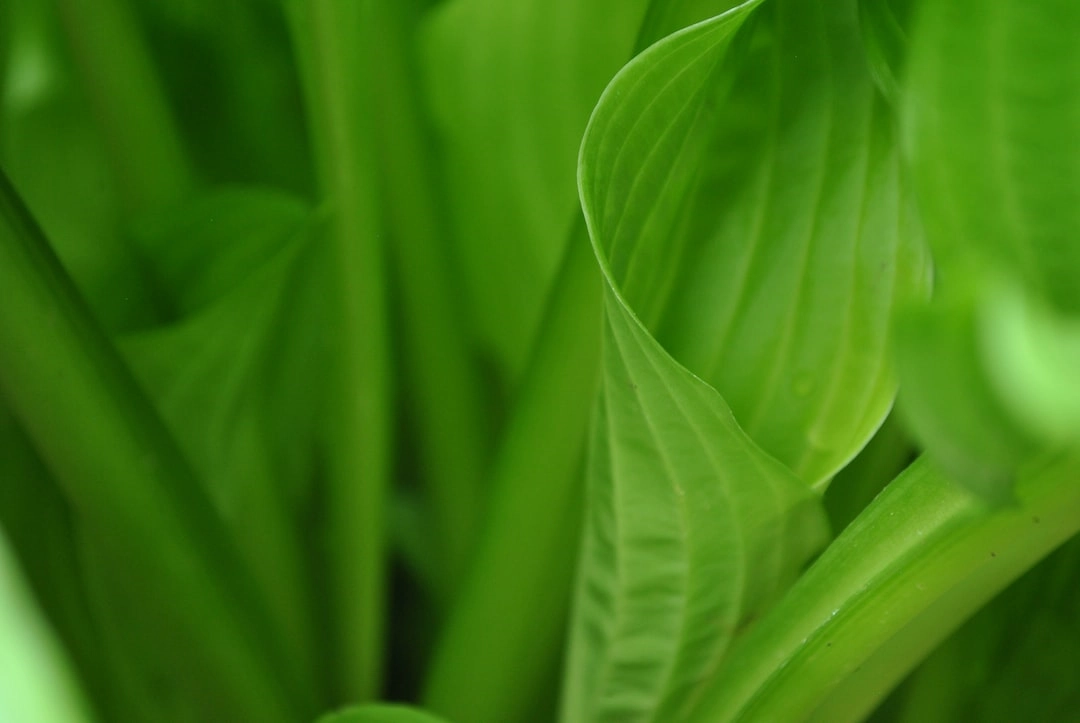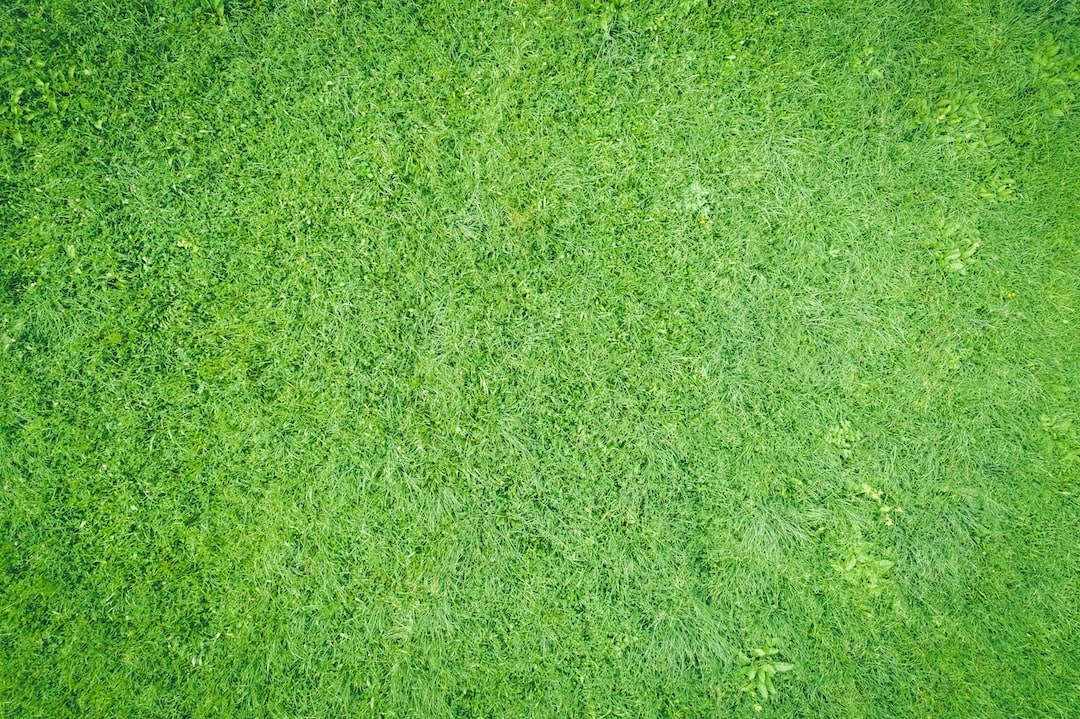
What are Green Strategies in Wine and Beverage Production?
Green strategies in wine and beverage production refer to sustainable practices implemented in the industry to minimize environmental impact and promote long-term ecological balance. These strategies aim to reduce carbon footprint, conserve natural resources, and prioritize social responsibility throughout the production process.
Real-World Problems Associated with Green Strategies in Wine and Beverage Production
While the adoption of green strategies in wine and beverage production is commendable, several challenges are faced by the industry in implementing these practices:
1. Cost and Initial Investment:
Transitioning to sustainable practices often requires upfront investments. Implementing energy-efficient technologies, upgrading equipment, and optimizing production processes can involve significant costs. This financial burden can be a deterrent for many producers, especially smaller and independent brands.
2. Supply Chain Complexity:
The wine and beverage production industry involves a complex global supply chain. Ensuring sustainability throughout every stage – from sourcing raw materials to distribution – can be challenging. Coordinating efforts, aligning sustainability goals, and monitoring practices across diverse suppliers can be a logistical hurdle.
3. Water Management:
Water is a critical resource in the production process of wine and beverages. The industry faces challenges related to water scarcity, quality, and efficiency. Over-extraction and pollution of water resources can pose risks to local ecosystems and communities. Developing effective and sustainable water management practices is crucial for long-term success.
4. Waste Management:
Wine and beverage production generates a significant amount of waste, such as grape pomace, packaging materials, and wastewater. Proper waste management is essential to minimize environmental impact. However, finding sustainable solutions for waste disposal, recycling, and reuse can be complex, especially for smaller producers with limited resources.
5. Consumer Education and Demand:
While there is a growing awareness and demand for sustainable products, educating consumers about the significance of green strategies in wine and beverage production is essential. Brands must effectively communicate their sustainability efforts and differentiate themselves in a competitive market to meet consumer expectations.
Next Steps: Exploring Green Strategies in Wine and Beverage Production
Now that we have understood the concept and challenges associated with green strategies in wine and beverage production, the next step is to explore specific case studies and examples. We will delve into successful sustainability initiatives implemented by notable brands, highlighting their achievements and the positive impact of their strategies on the environment and the industry as a whole.

Solutions for Green Strategies in Wine and Beverage Production
Despite the challenges faced by the wine and beverage production industry in implementing green strategies, there are several solutions and approaches that can be taken:
1. Financial Incentives and Support:
Governments and industry associations can provide financial incentives, grants, and subsidies to support the adoption of sustainable practices. This can help alleviate the initial investment costs and encourage more producers to embrace green strategies.
2. Collaboration and Certification:
Collaborative efforts among producers, suppliers, and industry stakeholders can foster knowledge sharing and create economies of scale. Additionally, seeking certifications such as organic or biodynamic can enhance credibility and differentiate sustainable brands in the market.
3. Water Conservation and Efficiency:
Implementing water-saving technologies, optimizing irrigation practices, and recycling and reusing wastewater can significantly reduce water usage and manage water-related challenges. Adopting precision agriculture techniques can also help tailor water usage to the specific needs of vineyards.
4. Circular Economy Approaches:
Embracing circular economy principles involves finding innovative ways to reuse and repurpose waste generated during production. For example, grape pomace can be transformed into valuable products like food ingredients, cosmetics, or renewable energy sources.
5. Consumer Awareness and Education:
Educating consumers about the importance of supporting sustainable wine and beverage producers can drive demand. Transparent labeling, clear communication of sustainability efforts, and engaging storytelling can help consumers make informed choices and actively support environmentally conscious brands.
Case Studies and Examples: Successful Green Strategies
Now that we have explored the solutions, let’s dive into inspiring case studies and examples of wine and beverage production brands that have successfully implemented green strategies. These real-world examples will highlight the positive impact of sustainable practices in the industry and provide valuable insights for other producers.















